Source: Greenpeace New Zealand
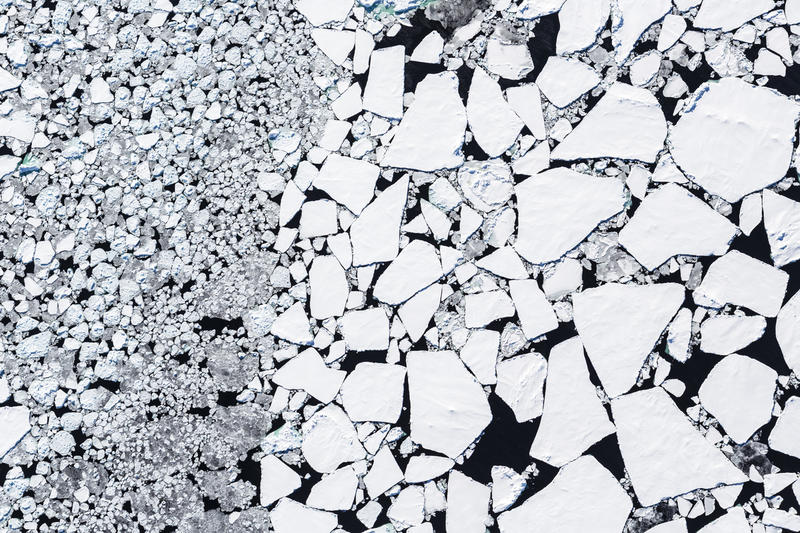
Setting out on a journey from pole to pole in April 2019, Greenpeace undertook one of our most ambitious voyages yet. For almost a year, our ships travelled from the Arctic to the Antarctic, stopping off in key locations to document the threats facing our oceans, and what must be done to protect them.
The images taken on our journey form the most beautiful visual diary of a year on the High Seas, and we’ve picked some of our favourites for you to enjoy here.

Will Rose / Greenpeace
The Arctic is a beautiful, frozen wilderness; but this unique place is already seeing impacts from climate change, oil exploration and other human activities. While in the region, scientists onboard Greenpeace vessels undertook research to better understand the changes happening here.
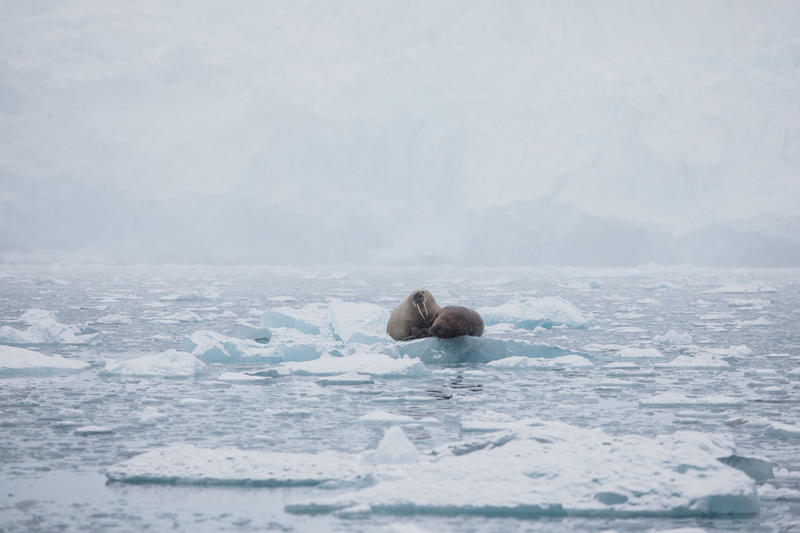
© Denis Sinyakov / Greenpeace
Sea ice core samples measure snow and ice thickness, and water column properties below the ice. This was one the key pieces of work carried out while in this region, at the start of the pole to pole last April.
This next image of Beluga whales was taken in the Fram Strait, between Svalbard and Greenland. A group of US scientists collected daya at the Arctic sea ice edge during the time of spring algae blooms to study the interactions between melting sea ice and the local ecosystem.
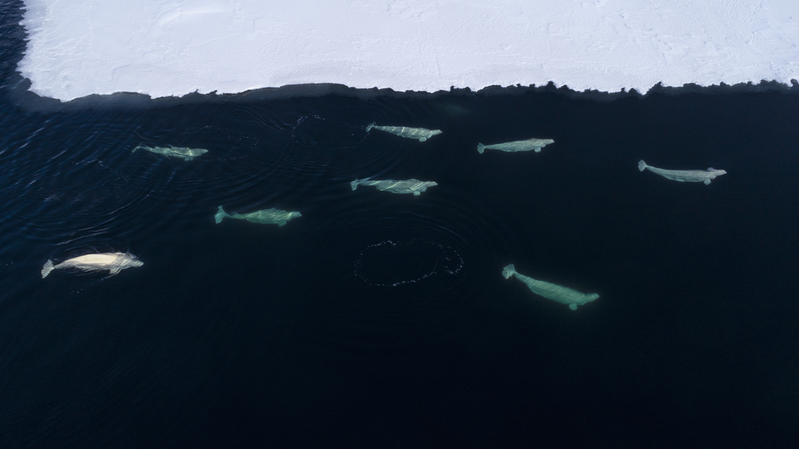
© Christian Åslund / Greenpeace
The Amazon Reef off the coast of Brazil was only discovered in 2012. Greenpeace has been there twice to document the life in its waters, as part of our campaign to protect it. With this region under threat from oil exploration, being able to show what could be lost to an oil spill, or damaged through exploration and drilling, is imperative to ensuring this place gets the protection it deserves. In the below image, you can see a team of expert divers heading down to document the reef, the halocline effect shows the variation of salinity in different layers of water.
The reef, that’s found at 100 meters depth, is a mesophotic coral reef characterised by the presence of both light-dependent coral and algae, and organisms that can be found in water with low light penetration.
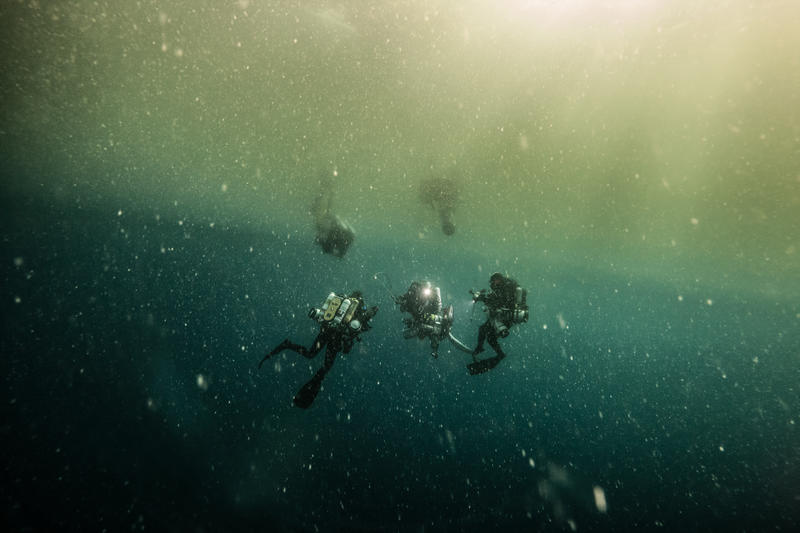
© Pierre Baelen / Greenpeace
Here’s a video still from what the divers found when they reached the reef. Pretty amazing.
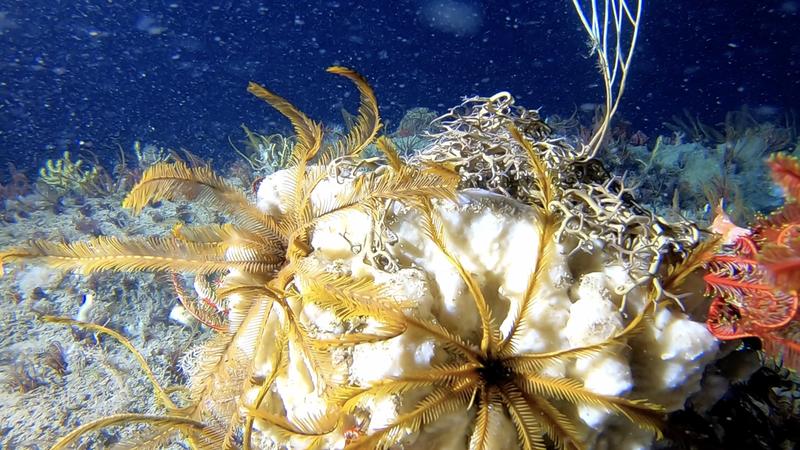
© Alexis Rosenfeld / Olivier Bianchimani / Greenpeace
Next up, we have one of the amazing black water images taken in the Sargasso Sea. A flying fish is pictured at night near the surface. The Sargasso Sea is known for its diverse array of marine life, including loggerhead and green sea turtles. Researchers who joined the mission studied the impact of plastics and microplastics on marine life and the importance that the Sargasso’s drifting Sargassum seaweed habitat for the development of juvenile sea turtles.
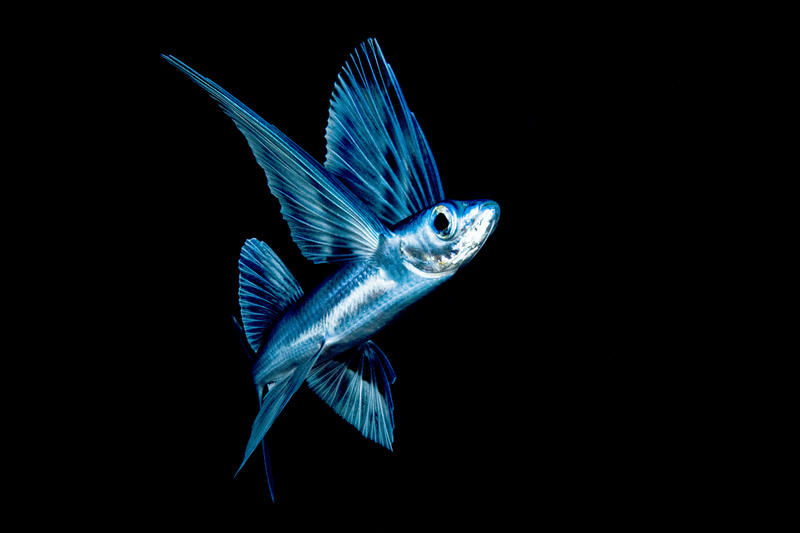
© Shane Gross / Greenpeace
Next we have a shot from the bridge of the Arctic Sunrise, in the Mid-Atlantic Ocean. The Greenpeace ship and crew were investigating distant water fishing fleet practices in the region during September and October 2019.
Renowned for it’s ‘washing machine’ effect, the Arctic Sunrise pitches and rolls on the high seas, causing effects like these. Makes for cool pictures, and some very sea-sick campaigners.
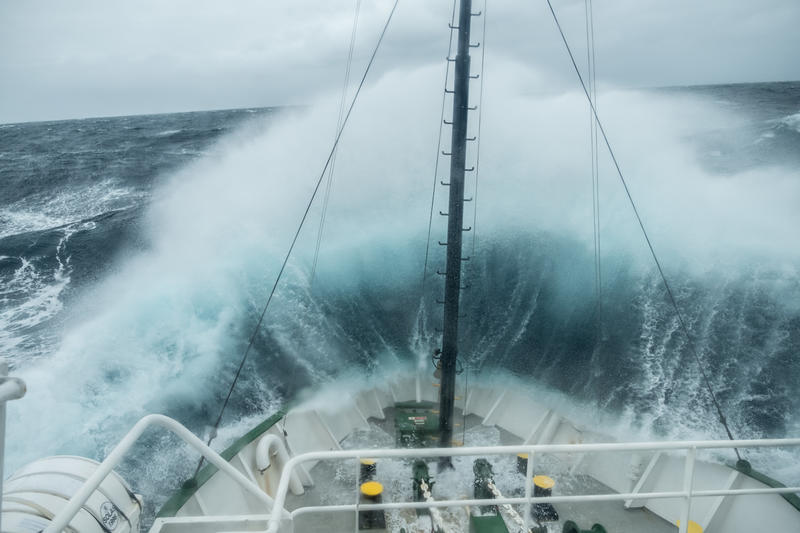
© Tommy Trenchard / Greenpeace
The final part of the pole to pole journey took us to the Antarctic, the most remote wilderness on our planet. Teams of scientists on board the Arctic Sunrise and Esperanza surveyed penguin populations, tracked whales, took environmental DNA, microfibres and plankton samples; all to improve our understanding of this unique place.
While there, scientists observed a 50% decline in chinstrap penguin populations studied on the Antarctic peninsula, a likely consequence of climate change.
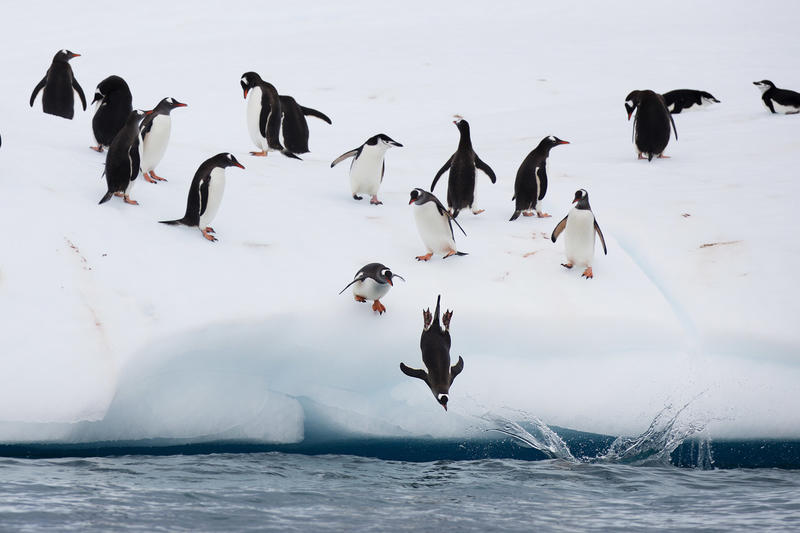
© Abbie Trayler-Smith / Greenpeace
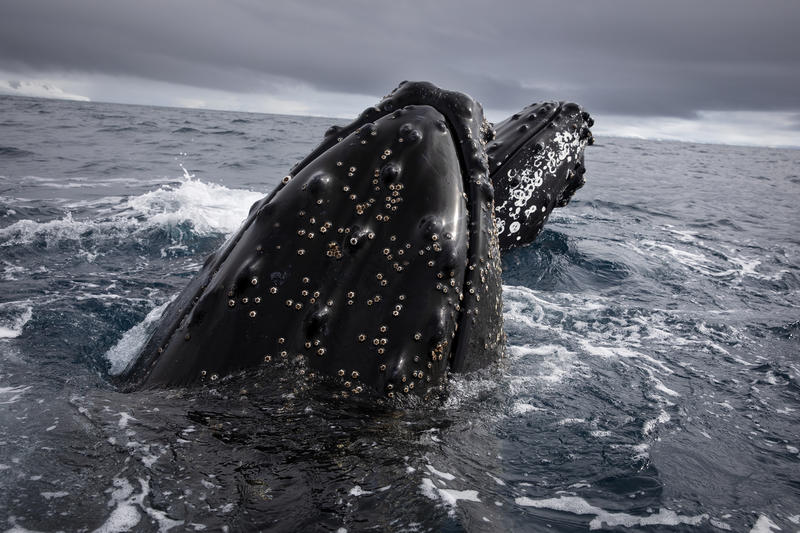
© Abbie Trayler-Smith / Greenpeace
The Southern Ocean is full of life: from Humpback whales to Gentoo penguins, Orca to Weddell seals. But it’s not just the wildlife that takes your breath away. This silent and sublime landscape is a sight to behold in its own right, with giant icebergs, snowy peaks and mirror-like waters.
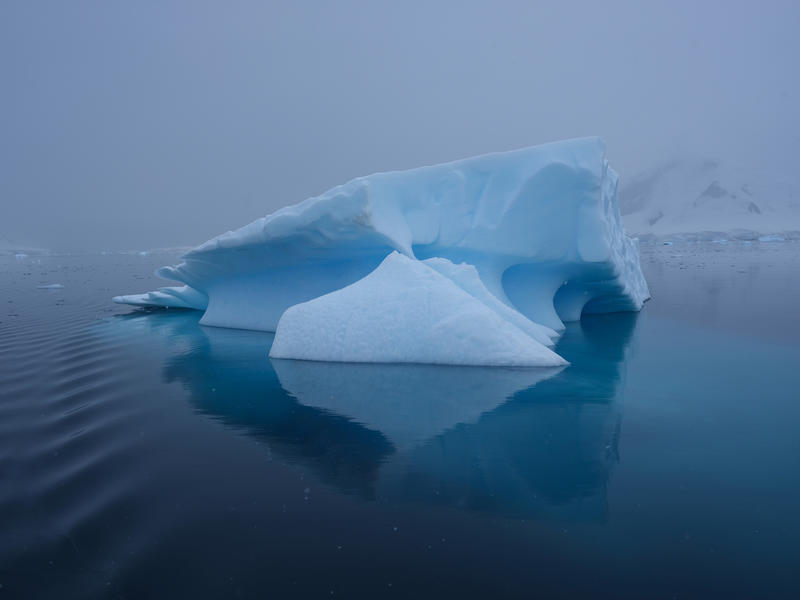
© Abbie Trayler-Smith / Greenpeace
What you can do at home
In March, representatives from around the world were meant to meet for the final round of negotiations over a Global Ocean Treaty. A strong treaty would allow for the creation of protected areas around the world; a network of ocean sanctuaries spanning our blue planet.
Covid-19 meant these negotiations were postponed, but when they do take place, it’s imperative those negotiating on our behalf know what we want out of this historic opportunity.
46,000 New Zealanders say they support a strong Global Ocean Treaty, and three million worldwide. It’s up to us keep up the pressure on our leaders, to ensure we get the treaty we need. If you haven’t already, please sign the petition, or share it with friends. You can also tweet your support to help spread the message.



